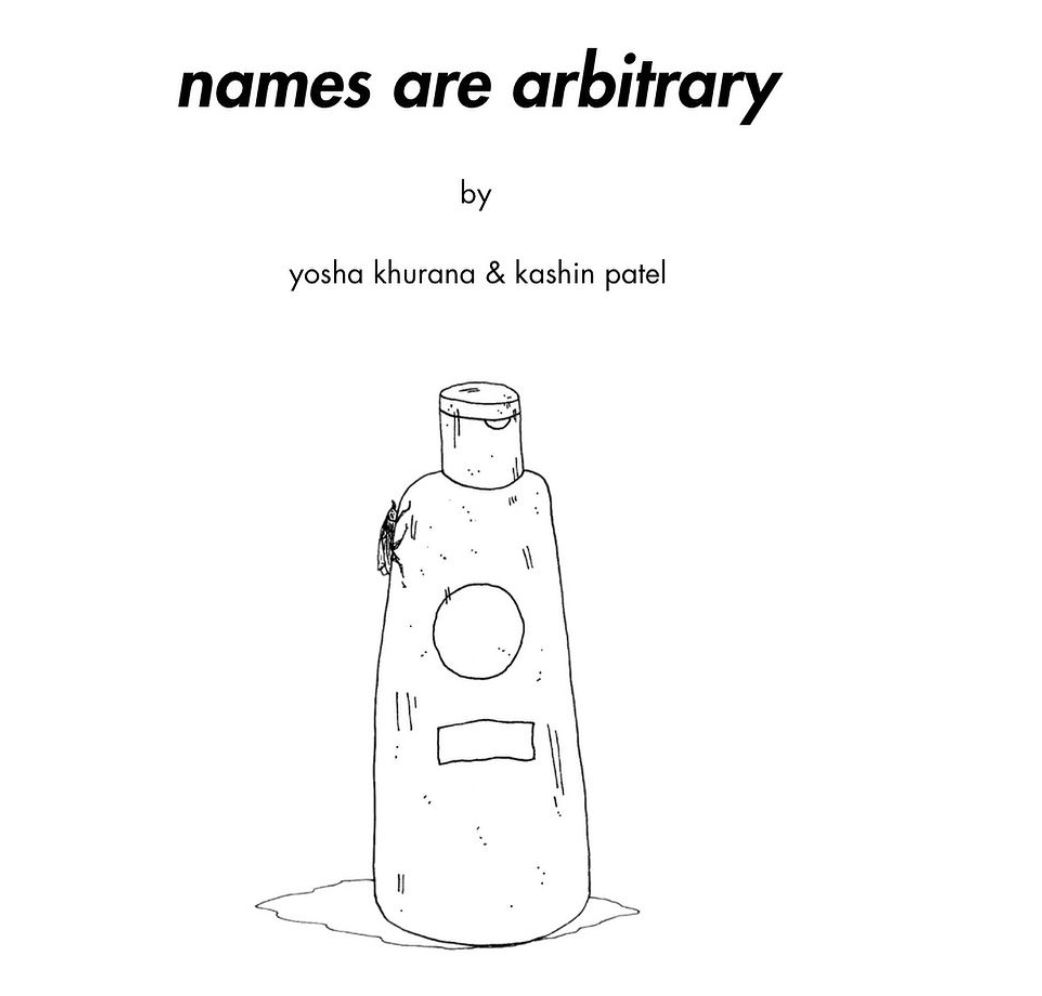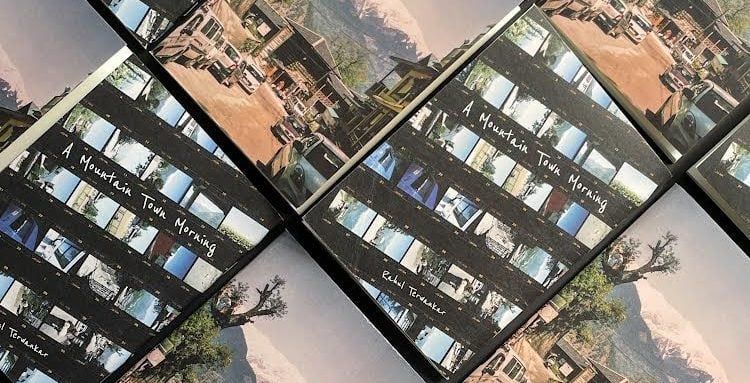Notifications

9 minutes, 45 seconds
-28 Views 0 Comments 0 Likes 0 Reviews

In the vibrant, often chaotic tapestry of urban life, hidden pockets of radical creativity thrive. Imagine a small room, nestled in Mumbai's Chapel Road, seemingly overflowing with raw expression – this is Fluxus Chapel, a sanctuary for one of the most democratic and delightfully anarchic forms of art: Zines. These self-published works, ranging from crudely photocopied pamphlets to meticulously crafted booklets, represent more than just paper and ink; they are potent vessels for personal truth, counter-cultural dialogue, and artistic freedom. Originating in the 20th century and evolving through punk rock, feminist movements, and countless subcultures, zines continue to offer a vital space for voices often excluded from mainstream platforms.
So, what exactly constitutes a zine? At its core, a zine (short for magazine or fanzine) is a self-published work with a small circulation, often created by a single person or a small collective. They defy easy categorization. As the original article notes, they can be filled with "poetry that is very intentionally atrocious, collages that defy the rules of design, and a vibrant use of colour that breaks every theory." They can, quite literally, talk about "nothing and everything." This inherent lack of structure is not a flaw but a defining feature. It’s a deliberate rejection of the polished, often sanitized, world of commercial publishing and established art galleries. Zines are characterized by their immediacy, their intimacy, and their fierce independence.

The motivations behind zine creation are as diverse as the zines themselves. For many artists, it’s a refuge. Yosha, the Jaipur-based artist mentioned in the source text, turned to zines because her writing style didn't fit commercial moulds. Zines provided an outlet where her voice could exist authentically, unmediated and unfiltered. "'Even if it’s going to be small, it’s still going to be my voice'," she confides. This sentiment echoes throughout the zine community. It’s about reclaiming agency.
This agency manifests in several crucial ways:
Freedom from Censorship: Navya (Larch Tongue) highlights the liberation found in the zine format: "Nobody’s telling you—you can’t say it like that. You can’t talk about these things... You don’t need anybody to put it out." The self-publishing aspect means no editor, publisher, or institution can dilute or silence the creator's message, allowing for raw, honest explorations of topics like gender, personal struggles, or political dissent, often laced with humour or biting critique as seen in Navya's 'Genderfail' and 'I'm not bitter'.
Escaping Commercial Pressures: Zines bypass the gatekeepers of traditional publishing. Rahul, the Mumbai photographer, embraced zines because creating a full photography book required prohibitive funding and experience. His zines, 'Bombay on a Roll' and 'A Mountain Town Morning', became accessible vehicles for his analogue photography, granting him "small freedoms" unavailable elsewhere.
Intimacy and Honesty: Without the "burden of the public eye," creators can delve into personal subjects with a vulnerability rarely found in mass media. Zines often feel like direct conversations, windows into the creator's mind and experiences.
Accessibility in Creation: While some zines are elaborate art objects, many are made with simple tools. Yosha used Canva; others use photocopiers, scissors, glue, typewriters, or basic drawing materials. This lowers the barrier to entry, making creation possible for almost anyone with something to say or share.
While the anarchic spirit of zines resists rigid classification, understanding common formats helps appreciate their breadth. Based on the content described and broader zine culture, we can identify several overlapping types of Zines:
Perzines (Personal Zines): Perhaps the most iconic type, these focus on the creator's own life, thoughts, experiences, and feelings. They can resemble diaries, memoirs, or collections of personal essays and reflections. Yosha's and Navya's work, focused on personal voice and processing realities, likely fall into this category.
Art Zines / Photo Zines: These prioritize visual expression. They might feature drawings, illustrations, paintings, collages, or photography. Rahul's photography zines are perfect examples. The emphasis on rule-breaking design and vibrant colour mentioned in the Fluxus Chapel description points to the prevalence of visually-driven art zines.
Poetry Zines: Dedicated showcases for poetic works, often featuring one or multiple poets. The mention of "intentionally atrocious" poetry suggests zines provide a space for experimental or unconventional poetic forms.
Fanzines: The historical root of zines, often dedicated to specific areas of interest like music genres (punk, Riot Grrrl), films, specific artists, or science fiction (where the term originated). While not explicitly detailed in the source article, this lineage informs the broader zine identity.
Informational/Resource/Political Zines (Infozines): These aim to educate or inform readers about specific topics, skills (DIY guides), social issues, political movements, or community resources. Their uncensored nature makes them ideal for disseminating alternative viewpoints or activist information.
Collage Zines: A specific subset of art zines where collage is the primary medium, often creating surreal, fragmented, or layered visual narratives.
Compilation Zines: These gather work from multiple contributors around a specific theme.
It's vital to remember these categories bleed into one another. A perzine might be heavily illustrated, an art zine could contain poetry, and a political zine might use collage and personal anecdotes. The form is fluid.

Zines do not exist in a vacuum. They are intrinsically linked to counterculture, acting as tangible artifacts of resistance against mainstream norms. Their distribution model often reflects this ethos. Many creators share their zines for free online or trade them through the mail or at zine fairs, fostering a non-commercial ecosystem built on mutual support and shared passion rather than profit. Fluxus Chapel itself represents a physical node in this network.
This is where the idea of connection becomes paramount. Zines connect creators with readers on an intimate level, forging communities around shared interests and perspectives. In a digitally saturated world, the tangible nature of a zine offers a different kind of engagement. Platforms and initiatives that recognise and nurture these connections play a crucial role. Consider a platform concept like Jameson Connects. While originating from a specific brand, the idea it represents – fostering creative connections, supporting independent artists, and celebrating craft – resonates deeply with the zine ethos.
It might seem paradoxical that in an age of instant global digital communication, these often-modest, physical objects continue to thrive. But zines offer something unique. They are tactile, personal, and inherently defiant. They refuse to be easily categorized or assimilated into the conventional art market – they "belong in the hands of people who resonate with the small revelations found between the pages," not necessarily in pristine gallery spaces.
The power of the zine lies in its accessibility, its honesty, and its celebration of the imperfect, the personal, and the passionate. From the bustling lanes of Mumbai to quiet bedrooms across the globe, creators continue to cut, paste, write, draw, and photocopy their truths into existence.
Read More :- https://squarespaceblog.com/beyond-the-panels-unpacking-the-power-and-profound-impact-of-graphic-novels/

